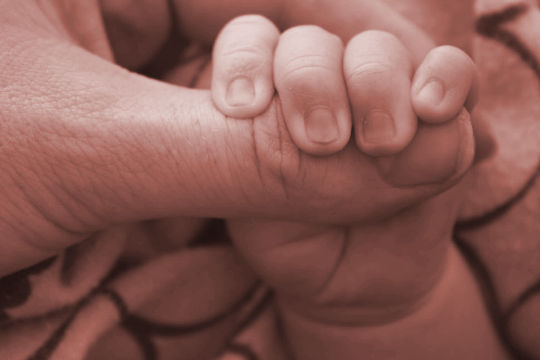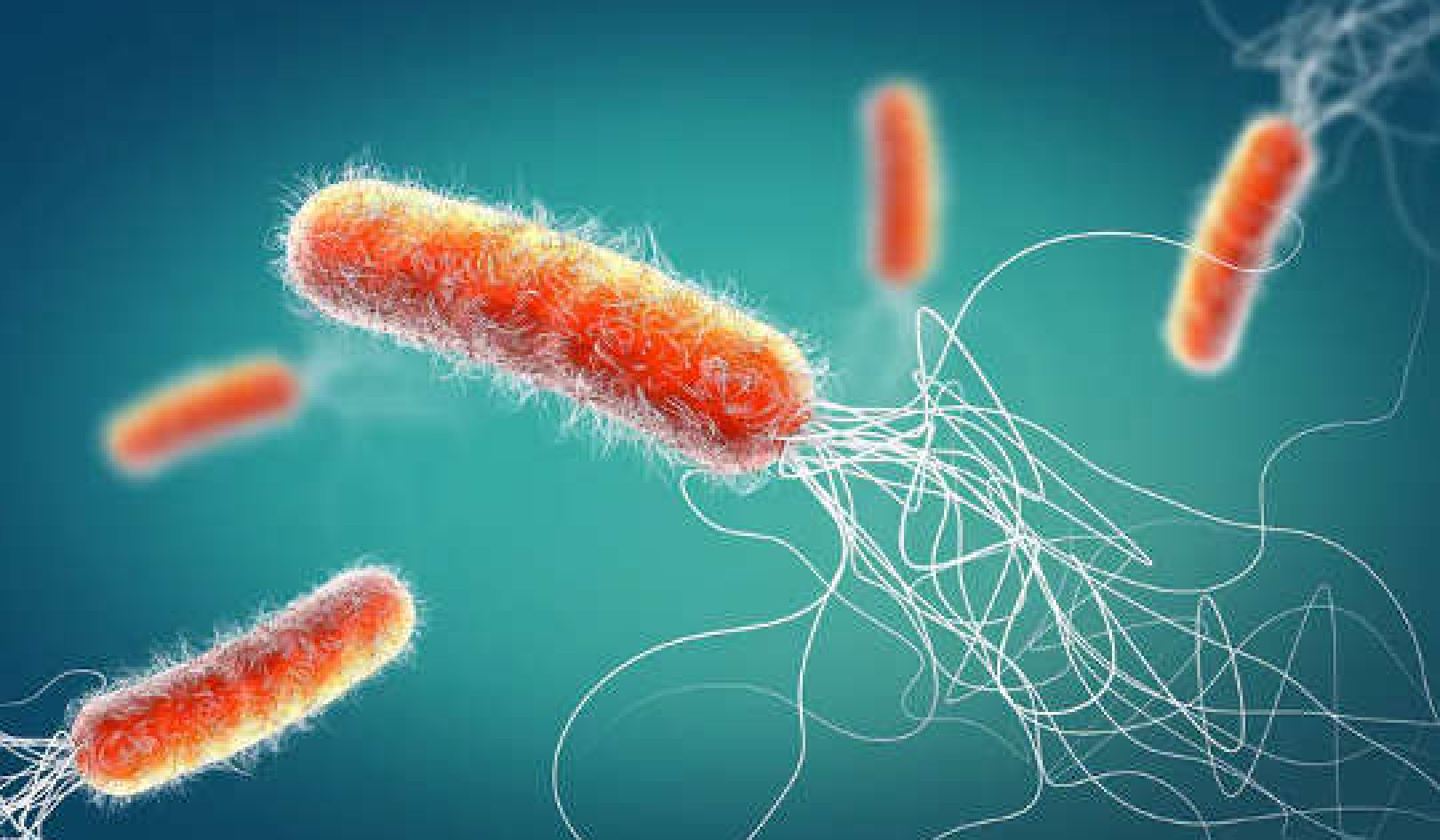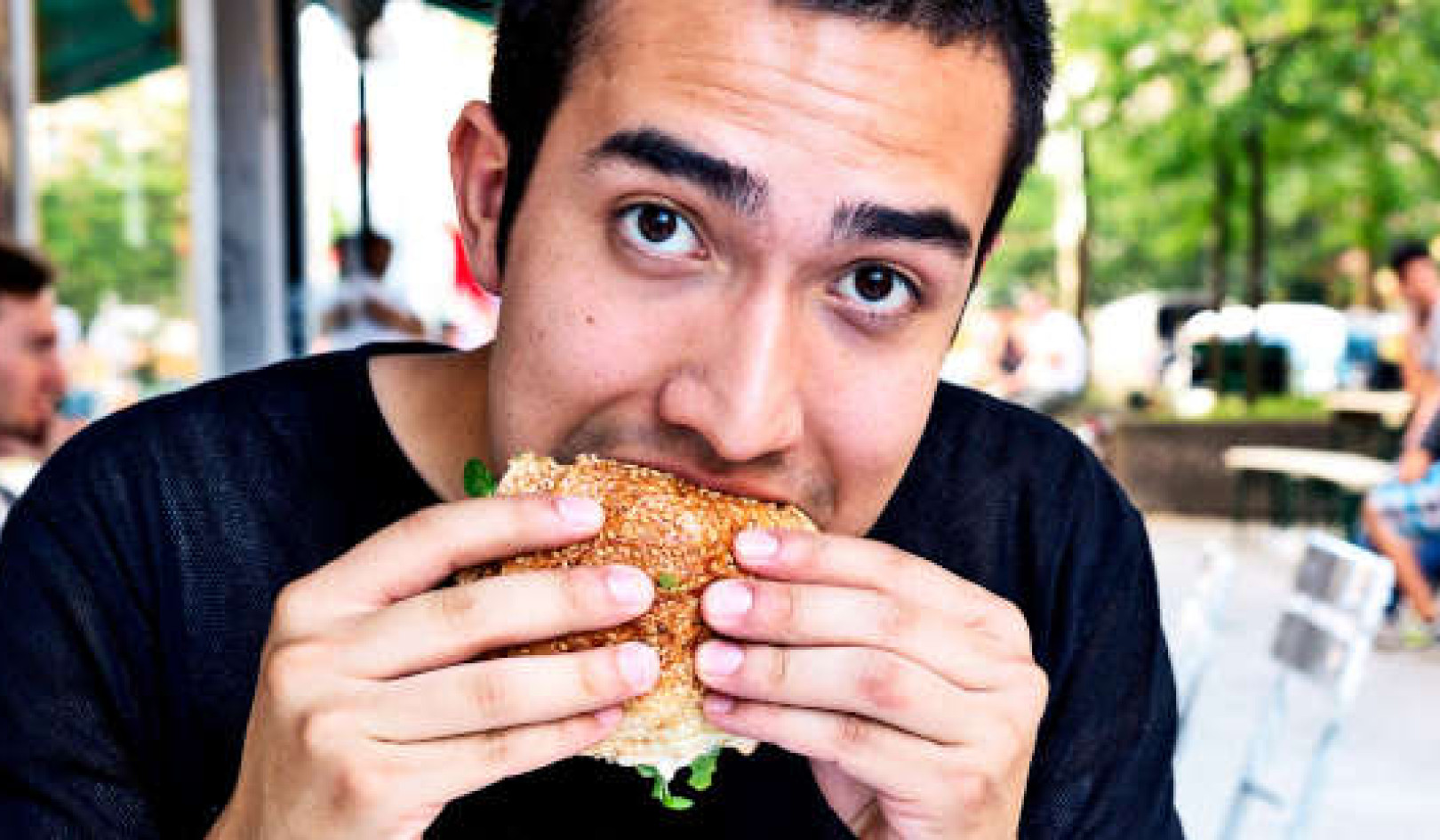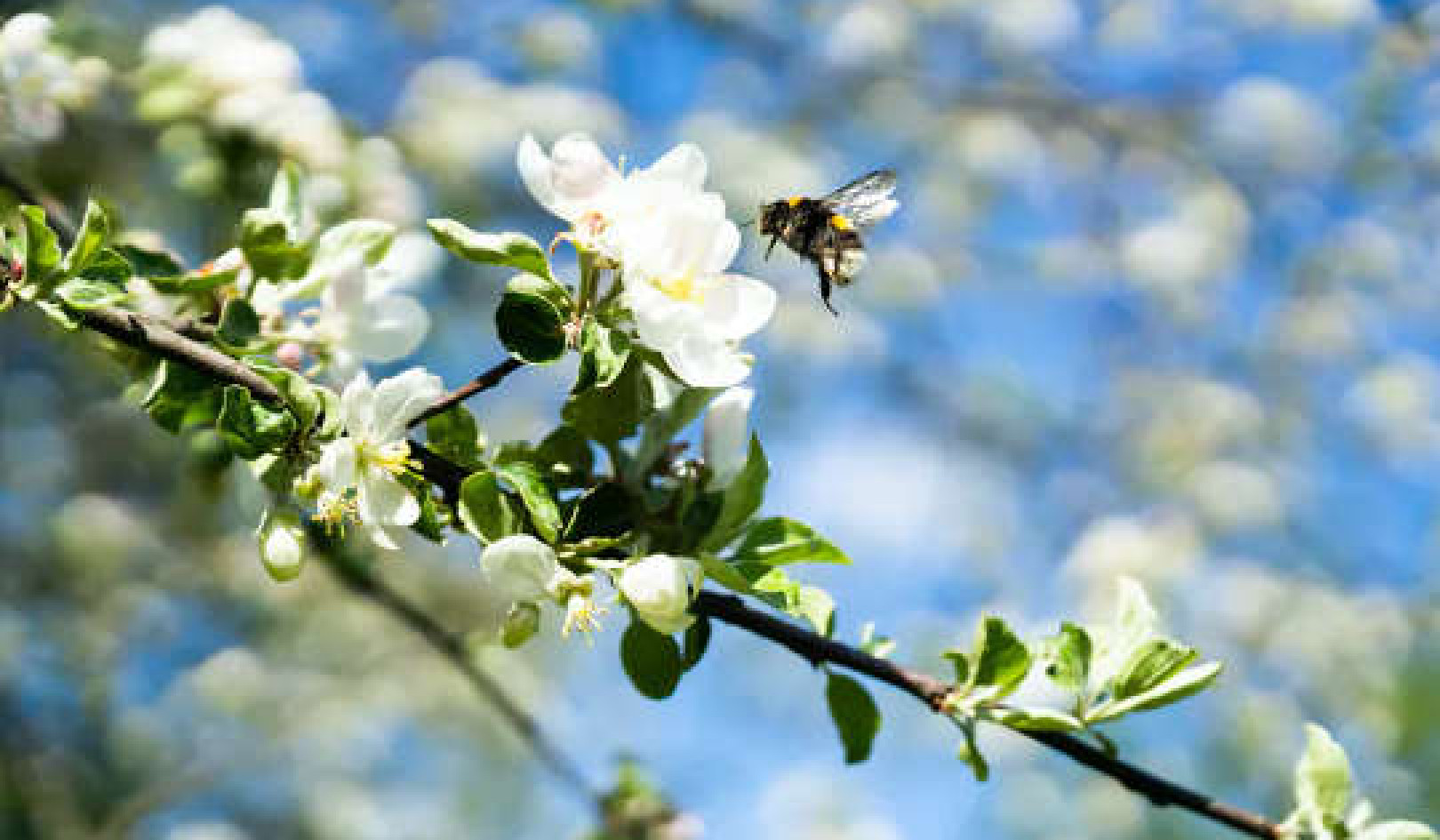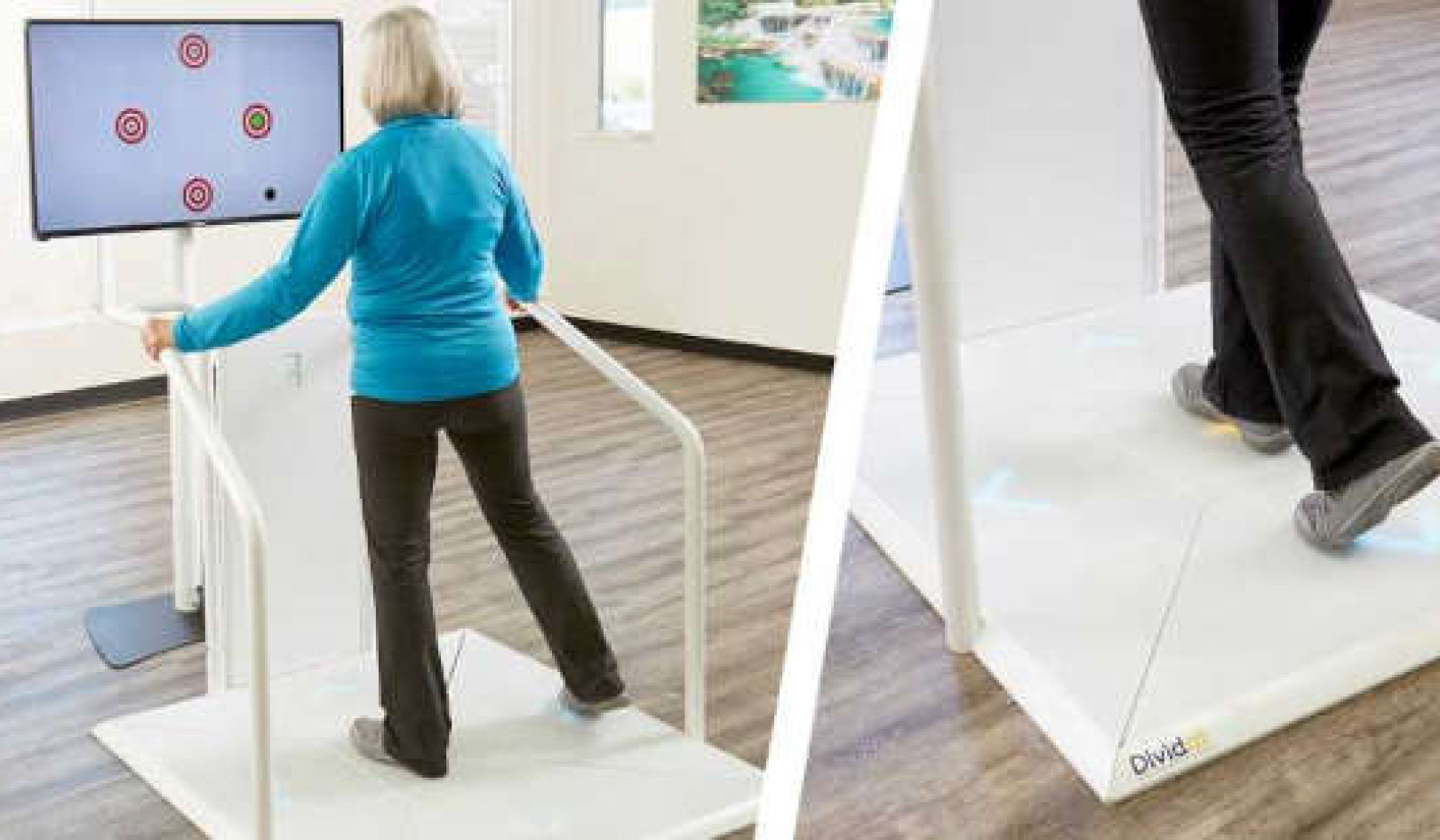A child sucks her thumb for self-comfort. An adult touches several fingers to his forehead or leans a cheek into her balled-up fist as a response to cognitive stress. We cross our arms or place our hands on our hips when we seek safety and grounding. None of us are explicitly taught to use these postures as coping mechanisms, yet when the need arises, we fall back on them without conscious effort.
Where does this innate physical vocabulary come from? Within the healing practice of the Art of Jin Shin, these particular body positions are known to stimulate areas at which the energy within the body tends to accumulate and stall.
Instinctive Wisdom For Self-Healing
Western logic tells us that toddlers suck their thumbs to self-soothe, cleverly replicating the sense of comfort obtained from feeding at the mother’s breast. When Jin Shin practitioners see a toddler sucking her thumb, we see something more than a mere substitution—we see a child who is instinctually harmonizing her digestion as well as balancing her stomach and spleen energy. An adult can achieve the same result by simply holding on to a thumb.
I remember opening up a copy of the New York Times at the height of the financial crisis, and there on the front page was a picture of a few Wall Street traders holding their heads or touching their cheeks, all unaware that they were holding Jin Shin areas that help to calm mental stress. Or take one of my favorite sights on a crowded New York City subway—that of riders holding the outside of their wrists, a time-honored way of calming the nervous system.
Get The Latest By Email
These and other postures represent just a few examples of our innate, instinctive wisdom for self-healing at work. The modern Japanese practice of Jin Shin expands on this innate wisdom, using gentle touch to remove the energetic blocks that cause physical and emotional pain and disease.
Like acupressure, the Art of Jin Shin can be administered by a trained practitioner, or it can be self-applied. Why do it yourself? Within this practice, self-care is not merely a cheap shortcut to the real thing. Self-care is actually a core principle of the Art of Jin Shin—and it was crucial to the development of the technique.
The Beginnings of the Art of Jin Shin
In ancient Eastern cultures, knowledge of the body’s energetic pathways used to be passed down from generation to generation among healers who learned their trade through apprenticeships. According to the oldest Japanese records, healing practices based on these powerful and largely invisible pathways were in use even before the days of Moses and Gautama Buddha. Yet this healing wisdom was eventually lost, buried beneath the certainties of modern medicine, even outlawed in some places.
Twelve hundred years later, curiosity about the ancient modalities began to stir. One of the individuals who fell under their spell was a man named Jiro Murai.
Born in 1886 on the southern edge of Japan, Jiro Murai came from a family staffed by a long line of medical professionals. As the second son, he may have been allowed more freedom than his elder brother, a dynamic that allowed the boy’s wild streak to flourish unchecked. By the age of twenty-six, Murai was near death, his body strained by an immoderate lifestyle, in which he was exploring his limits (which he later did in his Jin Shin research, as well).
While available records don’t indicate a name for Murai’s condition, his decline was steep, and the prognosis was dire. Despite the legions of doctors in his orbit, nobody in his family could help him. So according to his wishes, he was carried on a stretcher to his family’s mountain cabin, where he told his relatives to check on him again in eight days’ time.
In the acute stages of his mysterious illness, it occurred to Murai that the Buddha had attained enlightenment after a week of Zen sitting and fasting. Wondering whether a Zen practice could be used to overcome illness, Murai decided to put himself through a regimen inspired by the Buddha’s path. As he meditated, he performed various “mudras,” the ancient finger positions said to stimulate the movement of cosmic energy through the body.
He fell in and out of consciousness, his body going freezing cold and then pulsing with a fiery heat. After several days, he experienced a great sense of calm. On the seventh day Murai stood and was able to walk again. His relatives were surprised and delighted to see him return from the mountain cabin alone and in good health.
These events were transformational for Murai, who finally channeled his energies toward a concrete goal—conducting research that started with the mudras and branched out into a wide-ranging study of his own making. He studied ancient Chinese, Greek, and Indian texts as well as the Judeo-Christian Bible, looking for connections between them.
He examined corpses prior to cremation and visited slaughterhouses to purchase the heads of cattle, dissecting them on the premises to study the circulation of bodily fluids. Meanwhile he continued his own experiments, eating a single type of food for weeks at a time in order to see how it affected the energy flow in his body.
Through this intentional practice, Murai began to become aware of hidden forces, the natural movement of energy in the body becoming palpable.
Eventually he began translating his insights into a system that could be used on others. Murai had clients in the uppermost echelons of Japanese society as well as in the humblest corners. After healing the brother of Japan’s Emperor Hirohito, he was awarded access to the archives of the Imperial Palace and to the Ise shrine, the highest temple in Shinto, the traditional religion of Japan.
During this time, Murai was able to immerse himself in a study of the Kojiki—the Record of Ancient Matters, the famous collection of Japanese myths and historical records dating back to the year AD 712. All of these primary sources, from the experience he had in the mountains to the ancient wisdom of the Kojiki, came to bear on the art and practice he named “Jin Shin Jyutsu.”
As word of his experiments spread, the evolving technique was eventually taken in hand by two students of Murai’s: Mary Burmeister, a Japanese-American woman who brought the practice to the United States and to Europe after a radical healing experience of her own, and Haruki Kato, who practiced in Japan.
When Murai passed away in 1961, Kato and Burmeister became the keepers of his legacy, the “gift” which Jiro Murai had granted them. Haruki Kato opened a clinic in Japan, while Mary Burmeister helped to spread the word of Jin Shin Jyutsu, continuing to deepen her understanding of the art through research that culminated in her writing several books.
The Meaning of Jin Shin
“The art of the creator through the compassionate person,” one of several translations of the practice originally termed “Jin Shin Jyutsu,” is a bit of a mouthful, which is why at Jin Shin Institute we prefer the “Art of Jin Shin.” However, the words chosen by Jiro Murai and interpreted by Mary Burmeister to describe the healing modality point to several truths about Jin Shin.
The full name is based on Chinese characters, each with multiple meanings. For the purposes of Jin Shin Jyutsu, we translate them as follows:
First, we call Jin Shin an “art” (jyutsu), rather than a technique. Why? Because its effectiveness results from skillful creation rather than mechanical application. We consider every client to be different, each case unique, and as a result the practitioner takes a fluid, personalized approach to treatment.
The practitioner is referred to as a “compassionate person” (jin), a turn of phrase that may seem a bit mysterious at first. Murai and Burmeister chose to emphasize the need for compassion, which allows a vessel of loving creative evergy to move, as opposed to scientific expertise, to underscore both the simplicity of the technique and the idea that the healing energy merely travels through the practitioner and emanates from a higher source—the “creator” (shin). The word was chosen by Murai to describe the ultimate healing source, which modern practitioners tend to characterize as a universal, life-giving energy.
Is Jin Shin Right For Me?
Is Jin Shin appropriate for your particular ailment? The answer is a resounding yes. Jin Shin can relieve a wide variety of ailments, from headaches, fatigue, and insomnia to digestive disorders, depression, back pain, and arthritis. It can also provide support for individuals facing more serious conditions; studies have proven the Art of Jin Shin to be effective in managing the side effects of cancer treatments and regulating blood pressure in stroke victims, and I have had many experiences using the modality of Jin Shin as a form of complementary medicine in this regard.
One particularly memorable instance involved a fifteen-year-old boy, Ray, who was receiving chemotherapy for a cancerous germ cell tumor. His mother had gotten in touch, hoping that some alternative treatment might help him with the side effects.
When Ray walked into my practice space with a baseball cap covering his scalp, his face was set in the weary expression of someone who’d come to see suffering as his inescapable lot. Listening to his pulses in his wrist, I could feel the chemo medicine raging through his system.
Working two specific sequences designed to mitigate nausea and fatigue, I showed Ray and his mother some simple self-help flows to practice daily. These would support his immune and endocrine systems and help keep his blood counts in order, while a few additional areas could be used as needed for nausea.
After daily sessions of self-care with his mother (who’d had no prior experience with Jin Shin), he came back to see me the next week feeling more energetic, with the hint of a smile on his face. His mother told me she was worried about his low platelet count, however. A diminished supply would inhibit his blood’s ability to clot—and prevent him from undergoing his final round of scheduled chemotherapy treatments the following week.
After listening to his pulses again, I intended our session to focus on blood composition. Once we were finished, I asked Ray whether he would consider coming back the following day, in order for us to build up his body as much as possible so that he could receive his last round of chemo. The next day I gave him another session and showed his mother how to do a flow that would help with his red blood cell count, instructing her to work on him once or twice each day.
The next day, his blood counts were back to normal and he was given the go-ahead to receive his chemotherapy treatment.
From Anger and Headaches, to Sore Knees and Low Blood Cell Count
How can we claim to cast such a wide net, working through symptoms ranging all the way from excessive anger, recurring headaches, and sore knees to low blood cell counts? Within a Jin Shin framework, a diagnosis (or “label”) of disease is the result of a buildup of months’, or even years’, worth of pent-up energy. Those blockages or disharmonies may be brought about by internal attitudes and emotions as well as diet, work habits, or hereditary susceptibilities, and they may also be caused by accidents or environmental stressors.
Regardless of their nature and origin, we consider symptoms to be helpful warnings, nudges from bodies hungry for a change in energetic pattern, and causing us to investigate and understand the cause of the project so that the symptom will disappear and won’t resurface in another form.
Jin Shin In A Clinical Setting
As the Art of Jin Shin has become more established outside of Japan, several hospitals and clinics have begun to experiment with using its protocols in their pain management programs. At Morristown Memorial Hospital in New Jersey, a program founded by my mentor, Philomena Dooley, has successfully used Jin Shin to ease anxiety, physical discomfort, and pain in pre- and postoperative heart transplant patients.
In New York City at NewYork-Presbyterian/ Columbia University Medical Center, I’ve taught Jin Shin workshops to emergency room nurses, showing them how to hold an index finger to calm a patient’s fears, or position their hands around a patient’s ankle to release a dose of the body’s own natural painkillers.
Teaching nurses to use self-care to manage their own aches and pains or fatigue during long, stressful shifts spent largely on their feet, the program also offers them the opportunity to share Jin Shin with patients’ family members, making their loved ones feel more comfortable and empowering them to be of assistance when needed. At the Markey Cancer Center in the UK, where Jin Shin is offered to all patients, a 2012 study demonstrated a considerable improvement in patients’ experience of nausea, pain, and stress.
None of this is surprising to those of us who have seen the transformative power of Jin Shin up close—yet the use of Jin Shin as a form of alternative medicine within more traditional medical contexts is heartening news for practitioners and patients alike.
©2019 by Alexis Brink.
All Rights Reserved. Excerpted with permission.
Publisher: Tiller Press, an imprint of Simon & Schuster.
Article Source
The Art of Jin Shin: The Japanese Practice of Healing with Your Fingertips
by Alexis Brink Balance your body, mind, and spirit and heal yourself with your own hands using this clear, step-by-step illustrated guide to the practice of the ancient Japanese healing art of Jin Shin—written by a trained expert with nearly three decades of experience. The Art of Jin Shin explains all the basics of this healing art and provides you with the knowledge you need to practice it on yourself—with exercises ranging from simply holding a finger for a few minutes to spending twenty minutes to harmonize a specific circulation pattern. (Also available as an e-Textbook, an Audiobook, and a Audio CD.)
Balance your body, mind, and spirit and heal yourself with your own hands using this clear, step-by-step illustrated guide to the practice of the ancient Japanese healing art of Jin Shin—written by a trained expert with nearly three decades of experience. The Art of Jin Shin explains all the basics of this healing art and provides you with the knowledge you need to practice it on yourself—with exercises ranging from simply holding a finger for a few minutes to spending twenty minutes to harmonize a specific circulation pattern. (Also available as an e-Textbook, an Audiobook, and a Audio CD.)
Related Books
About the Author
 Alexis Brink is the president of Jin Shin Institute in New York City and has been a practitioner of the Art of Jin Shin since 1991. She is a Licensed Massage Therapist and interfaith minister and has taught self-help classes and workshops in NYC as well as in different countries for many years. She has taught Jin Shin in hospitals to nurses and to teachers and their students in the public school system. TheJin Shin Institute under Alexis' guidance is offering a comprehensive curriculum to the new generation of practitioners and teachers. Visit JinShinInstitute.com for more information.
Alexis Brink is the president of Jin Shin Institute in New York City and has been a practitioner of the Art of Jin Shin since 1991. She is a Licensed Massage Therapist and interfaith minister and has taught self-help classes and workshops in NYC as well as in different countries for many years. She has taught Jin Shin in hospitals to nurses and to teachers and their students in the public school system. TheJin Shin Institute under Alexis' guidance is offering a comprehensive curriculum to the new generation of practitioners and teachers. Visit JinShinInstitute.com for more information.


